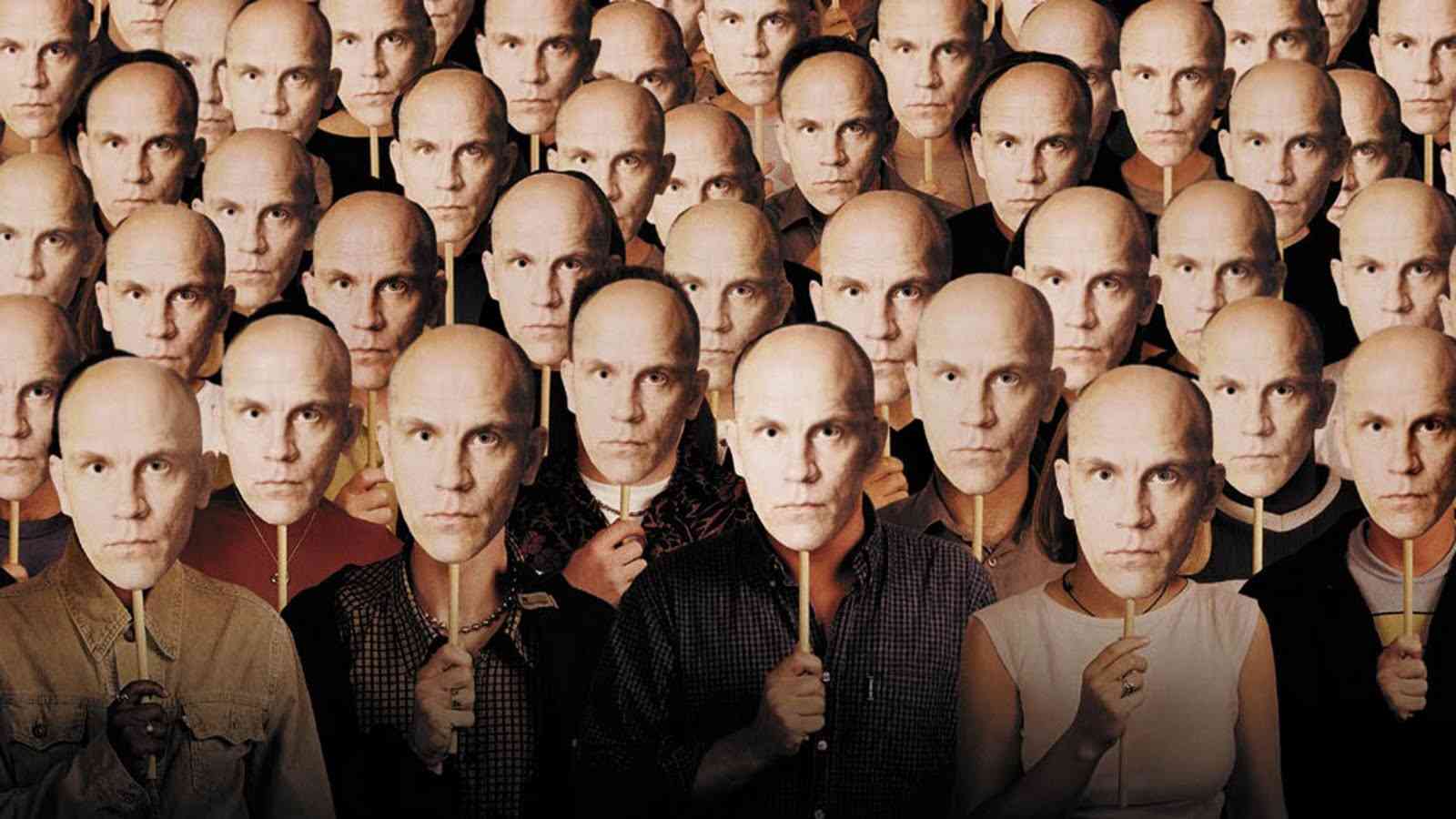In the realm of psychology, where the intricacies of the human mind often defy conventional understanding, a peculiar phenomenon known as Capgras delusion has intrigued researchers and clinicians alike. This rare and bizarre condition catapults individuals into a surreal world where the people they hold dear are perceived as impostors, unraveling the threads of reality and affection in a most unusual way.
The Unsettling Experience: A Distorted Perception of Familiar Faces
Capgras delusion, named after French psychiatrist Joseph Capgras who first described it in 1923, is characterized by a profound and unsettling belief that a person, typically a close family member or friend, has been replaced by an identical-looking impostor. Afflicted individuals, otherwise lucid and rational, earnestly assert that the person standing before them is an imposter cunningly mimicking their loved one.
The Neural Maze: Exploring the Brain’s Uncharted Territories
To understand Capgras delusion, researchers delve into the complex neural pathways of the brain. The prevailing hypothesis suggests a miscommunication between the brain regions responsible for facial recognition and the emotional response to familiar faces. This disconnection gives rise to the eerie sensation that the person in question, though visually identical, lacks the emotional resonance associated with genuine familiarity.
The Case Studies: Real-Life Narratives of Surreal Reconstructions
Across the landscape of psychological literature, numerous case studies illuminate the surreal experiences of individuals grappling with Capgras delusion. Tales of spouses deemed impostors, parents viewed with suspicion, and siblings rejected as fraudulent versions of themselves paint a haunting portrait of the psychological labyrinth woven by this peculiar condition.
Theories and Therapies: Navigating the Mind’s Uncharted Waters
While the precise etiology of Capgras delusion remains elusive, therapeutic interventions offer glimmers of hope. Psychodynamic approaches, cognitive-behavioral strategies, and pharmaceutical interventions are among the tools employed to guide individuals back from the distorted reality woven by their own minds. Yet, the enigmatic nature of Capgras delusion underscores the depth of psychological mysteries that continue to challenge our understanding of the human psyche.
Philosophical Implications: Shadows on the Cave Wall
Beyond the clinical and neurological realms, Capgras delusion raises profound philosophical questions about the nature of perception, identity, and reality. In a metaphorical sense, it casts shadows on the cave wall, inviting contemplation on the fragility of our perceptions and the complex interplay between cognition and emotion.
Conclusion: A Quirk in the Human Psyche
Capgras delusion stands as a testament to the peculiarities embedded within the human psyche. In its peculiar dance between familiarity and estrangement, the condition opens windows into the mysteries of cognition and emotion. As psychologists and neuroscientists continue to probe the depths of Capgras delusion, they illuminate the shadows that flicker on the walls of the mind, reminding us that the human psyche, with all its quirks and intricacies, remains a labyrinth yet to be fully unraveled.

